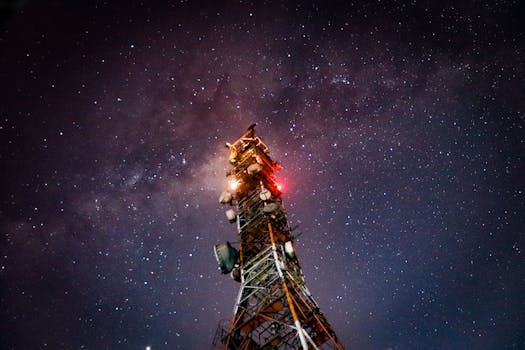
MEO Satellites: The Future of Global Communication
MEO satellites, or medium earth orbit satellites, are revolutionizing the way we communicate globally. With their unique orbit and advanced technology, MEO satellites are providing faster and more reliable connections, transforming industries and improving lives. In this article, we will delve into the world of MEO satellites, exploring their history, technology, and applications.
Medium earth orbit refers to an orbit that is higher than low earth orbit (LEO) but lower than geostationary orbit (GEO). MEO satellites typically orbit the Earth at an altitude of around 2,000 to 36,000 kilometers, which allows them to cover a wide area and provide continuous coverage. This makes them ideal for applications such as navigation, communication, and Earth observation.
History of MEO Satellites
The concept of MEO satellites has been around for decades, but it wasn’t until the 1990s that the first MEO satellite was launched. The first MEO satellite was the Navstar 1, launched in 1978, which was part of the Global Positioning System (GPS) constellation. Since then, numerous MEO satellites have been launched, including the Russian GLONASS and European Galileo systems.
In recent years, there has been a resurgence of interest in MEO satellites, driven by advances in technology and the growing demand for global communication and navigation services. Companies such as O3b Networks, SES, and Intelsat are launching new MEO satellite constellations, which are designed to provide high-speed internet and communication services to underserved communities around the world.
Technology and Applications
MEO satellites use a range of technologies to provide communication and navigation services. They typically use high-gain antennas and advanced signal processing systems to ensure reliable and high-quality connections. MEO satellites also use advanced propulsion systems, such as ion engines, to maintain their orbit and extend their lifespan.
MEO satellites have a wide range of applications, including navigation, communication, and Earth observation. They are used in industries such as aviation, maritime, and logistics, where accurate navigation and communication are critical. MEO satellites are also used for remote sensing and Earth observation, providing valuable data on the environment, climate, and natural resources.
Benefits and Challenges
MEO satellites offer numerous benefits, including faster and more reliable connections, lower latency, and higher throughput. They are also more secure and resilient than traditional GEO satellites, which are vulnerable to jamming and interference. However, MEO satellites also face challenges, such as higher costs, complexity, and regulatory hurdles.
Despite these challenges, MEO satellites are transforming the way we communicate globally. They are providing connectivity to underserved communities, enabling new industries and applications, and improving our understanding of the Earth and its resources. As technology continues to advance and demand for global communication and navigation services grows, MEO satellites are likely to play an increasingly important role in shaping the future of our connected world.